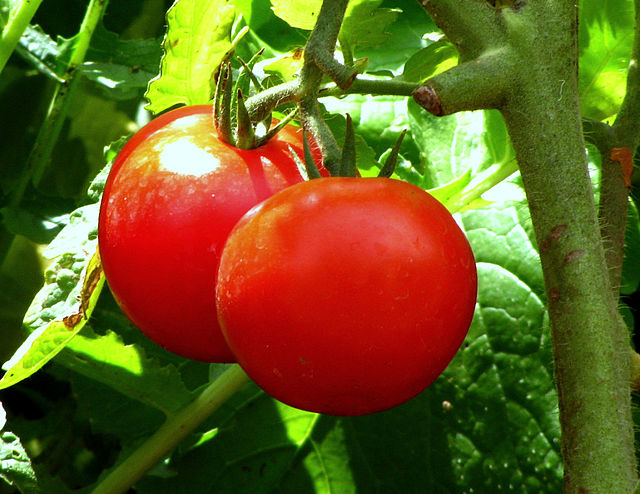Markets in Bengaluru in Karnataka, south-central India have recorded a tomato price crash after export stoppage to politically unstable Bangladesh.
Protesters in Bangladesh forced the resignation of longtime PM Sheikh Hasina in early August 2024, after which regional trade flow declined.
Since then, Karnataka, which ships tomatoes via West Bengal, has seen the vegetable’s wholesale prices slash by 96%.
According to the Bengalore Mirror on August 20, 2024, Bengaluru’s retailers, too, are eating humble pie. Their consumer prices plunged from 100 rupees ($1.19) to maximum 20 rupees ($0.24) rupees.
Traders in Kolar’s tomato hub have also registered total monthly exports to Bangladesh slump from 1,000 tonnes to 60 tonnes.
Wholesale Tomato Price Crash
Hence, a local surplus has edged wholesale prices from August 2023’s 800 rupees ($9.53) per carton to 300 rupees ($3.57).
The wholesale slump began before August 16 when prices of export quality 15-kilogram tomato boxes fell sharply.
On the 16th, the maximum per crate was 480 rupees ($5.72), down from 1,200 rupees ($14.29) a week earlier.
Good Harvests Across India
Besides the Bangladeshi issue, the price plummeting also owes much to a good harvest across India this monsoon.
One such place is Pune in western India, which began experiencing a price drop by mid-August, especially at wholesale.
Another region is the south, including Tamil Nadu, whose farmers expect good harvests due to a favorable monsoon.
Thus, good production and low regional trade are some of the factors that have dawned a tomato price crash in Bengaluru. Here is a closer look at how the entire state of Karnataka stands in India’s tomato production.
Karnataka (Bengaluru) Tomato Statistics
Bengaluru is the capital of the state of Karnataka, a key production center of tomatoes in India. According to India’s Horticulture Statistics Division, 13 states, one of which Karnataka, produce 90% of nationwide tomatoes. Between 2014 and 2020, Karnataka has finished third after Andhra Pradesh and Madhya Pradesh in state-by-state output. Karnataka’s production share averaged 10.69% in the 2015-19 period, 10.68% in 2018-19 and 10.51% in 2019-20.
Which months are the most tomato productive months in Karnataka and India?
May through June mark the first supply increase of tomatoes in India, during the Rabi harvest. Supplies then revamp in August and peak in September, October and November, during the Kharif harvest. Regarding Rabi harvests, in May 2020, for example, India recorded wholesale market arrival totals of 219,905 tonnes. Karnataka led other states in May and June 2020 arrivals with 71,774 tonnes and 115,038 tonnes respectively.
How do tomato prices compare between Karnataka and the rest of India?
Karnataka records below average prices versus the rest of India, especially in May and June. In June 2019, for instance, the state sold its tomatoes at 1,699 rupees ($20.24) a quintal. This was against a national average of 2,912 rupees ($34.68) a quintal. The same applied in May 2020 when the state’s price averaged 489.21 rupees ($5.83) against a national mean of 1099.98 rupees ($13.10) a quintal.
